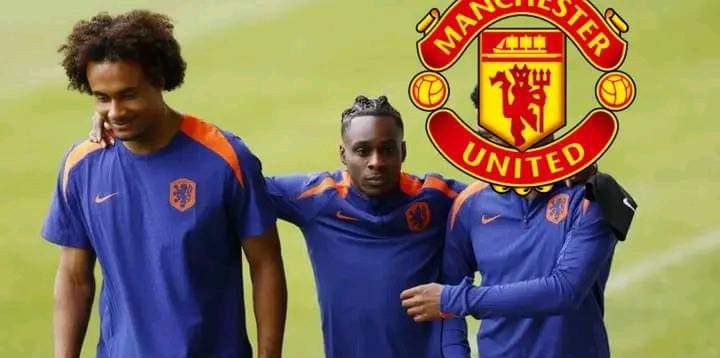“This three players won’t cost us up to £80m. It’s a blockbuster signing and they are very good players who could bring a lot of changes intonour first team”- Double signing, £60m deal and Euro 2024 gem as Sir Jim Ratcliffe set to confirm Manchester United can exploit after Erik ten Hag approval

Over the past four years, the transfer market has experienced significant transformations, influenced by the lasting effects of Covid-19 and the enforcement of stricter spending regulations in domestic leagues. These changes have altered the balance of power among clubs, with traditionally dominant teams losing some of their influence.
Clubs like Bayern Munich and Real Madrid continue to secure top-tier signings, such as Harry Kane and Jude Bellingham, but others, including Barcelona and Juventus, are facing financial constraints. Barcelona’s substantial debt, compounded by La Liga’s stringent cost-control measures, limits their market activity. Similarly, Juventus, once a major player in acquisitions, has seen its market impact wane.
In contrast, Premier League clubs have managed pandemic-induced financial losses more effectively, maintaining market dominance and increasingly engaging in intra-league transfers. Manchester City, for example, has sold players like Raheem Sterling, Oleksandr Zinchenko, and Gabriel Jesus to domestic rivals, showcasing a strategic approach to financial and squad management.
Manchester United’s recent acquisition of Mason Mount from Chelsea marks a significant shift in their transfer strategy, highlighting the evolving tactics of Premier League clubs. This trend of internal transfers reflects their adaptation to the complexities of the modern transfer market.
Release clauses in player contracts are becoming more common, giving players greater control over their careers. These clauses enable players to negotiate moves within set financial parameters. While offers from wealthy clubs, such as those in Saudi Arabia, can be tempting, many players prioritize sporting ambitions and competitive goals over financial rewards.
Bernardo Silva’s situation at Manchester City illustrates the complexities of release clauses. Despite having a £50 million release clause, his desired move to Barcelona remains out of reach, highlighting the intricate negotiations involved. Emerging talents like Michael Olise and Joshua Zirkzee are also poised to benefit from their release clauses, attracting interest from clubs looking for promising young talent.
Jeremie Frimpong and Nico Williams are other rising stars with significant release clauses, making them attractive prospects for clubs seeking reinforcements. Frimpong’s performances at Bayer Leverkusen and Williams’ displays at Athletic Bilbao underscore their potential value to interested clubs.
As clubs adapt to the evolving transfer market, the prominence of release clauses reflects broader trends in player empowerment and strategic asset management. These developments emphasize the need for clubs to balance financial prudence with competitive aspirations, adapting their recruitment strategies to the changing landscape of football economics.




